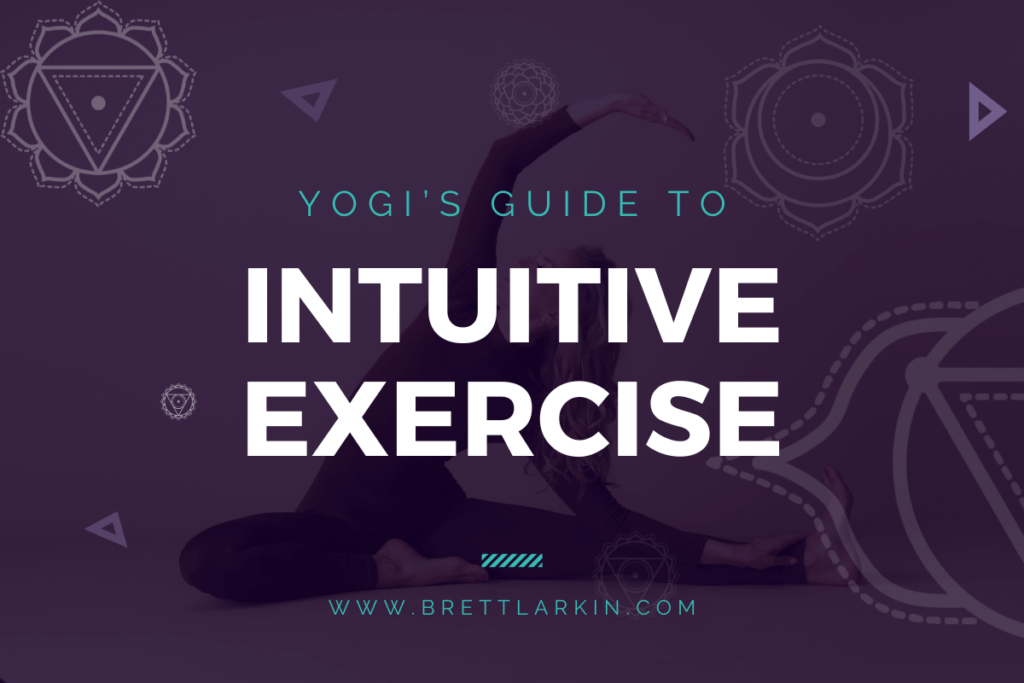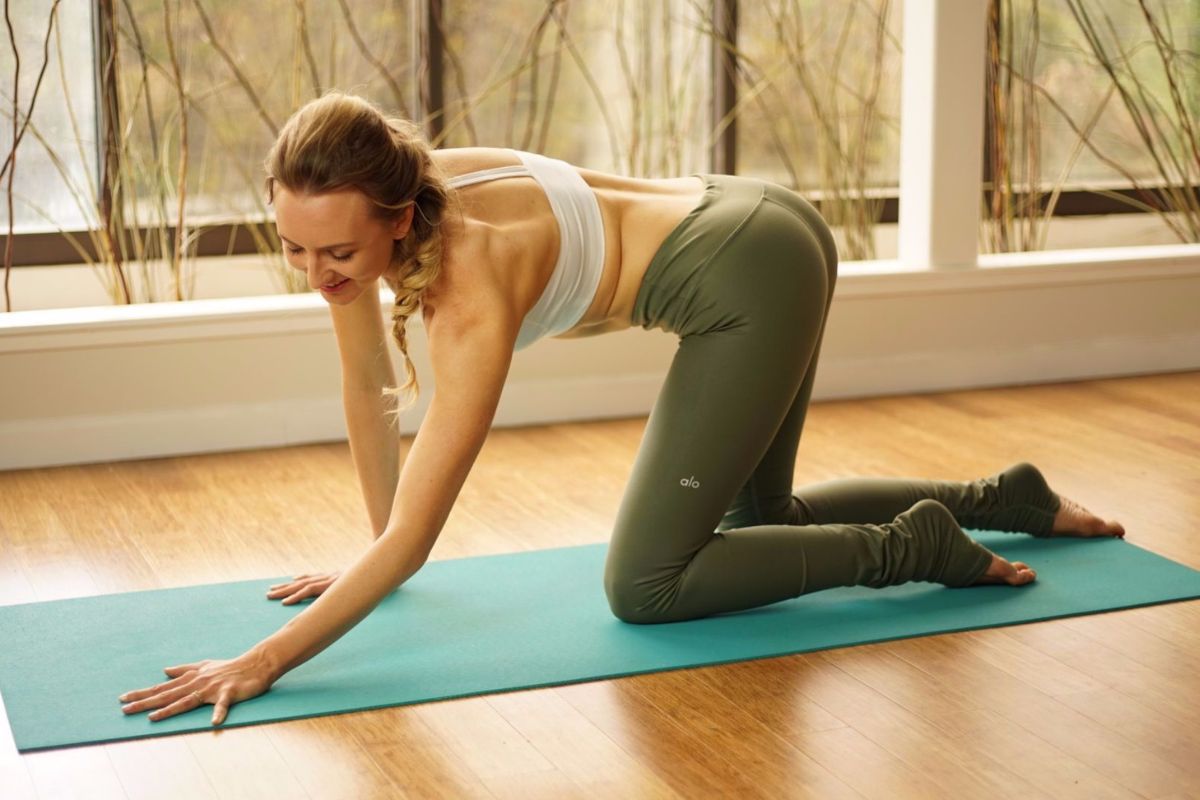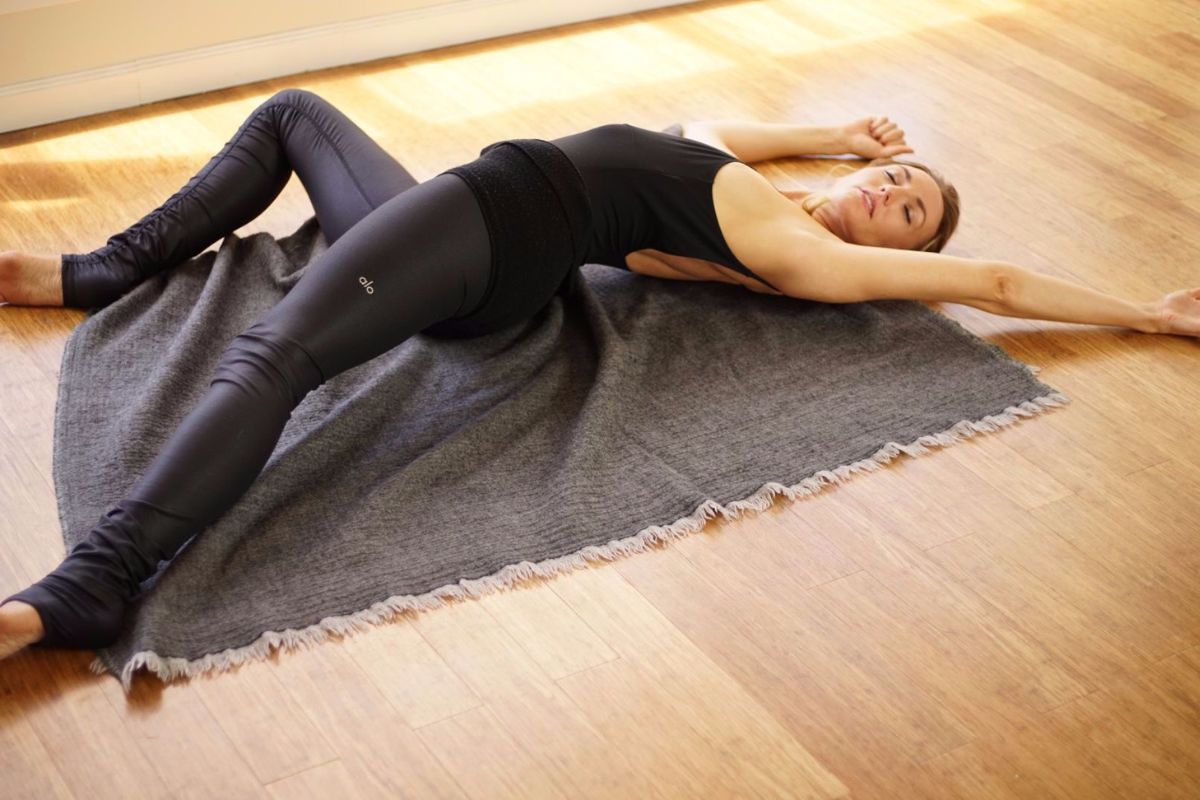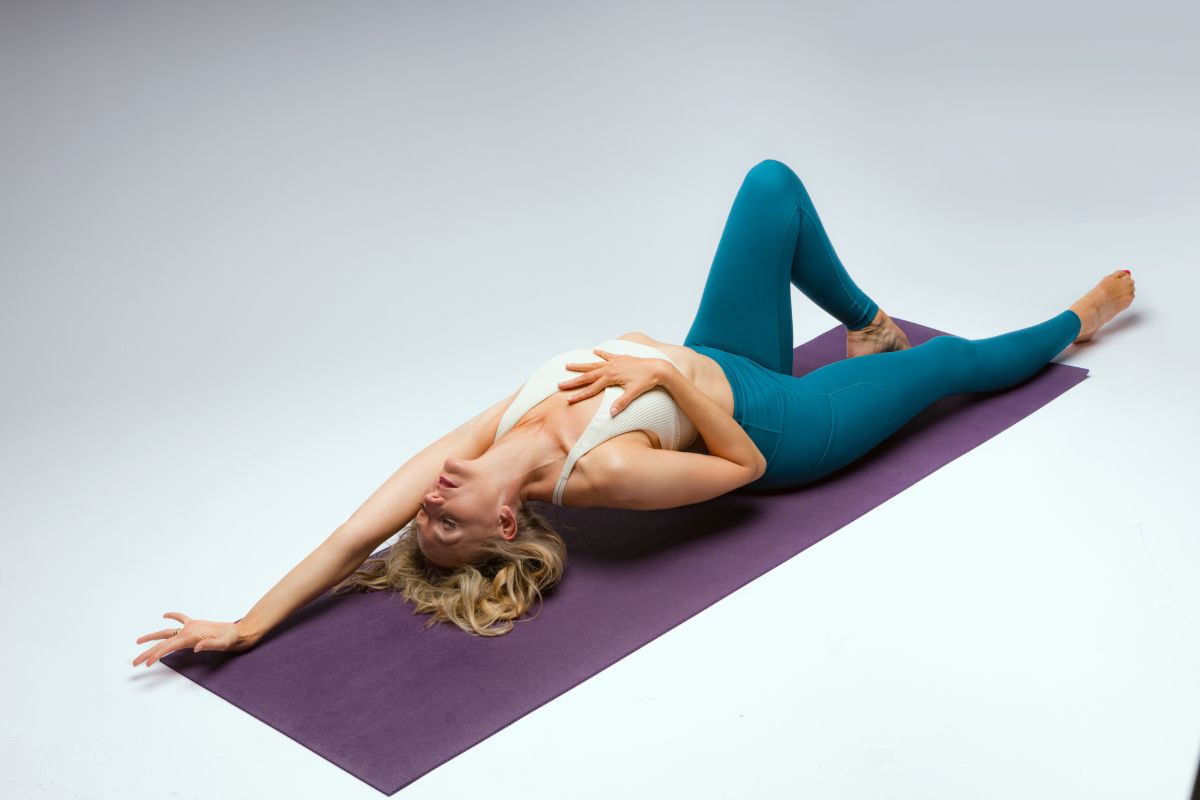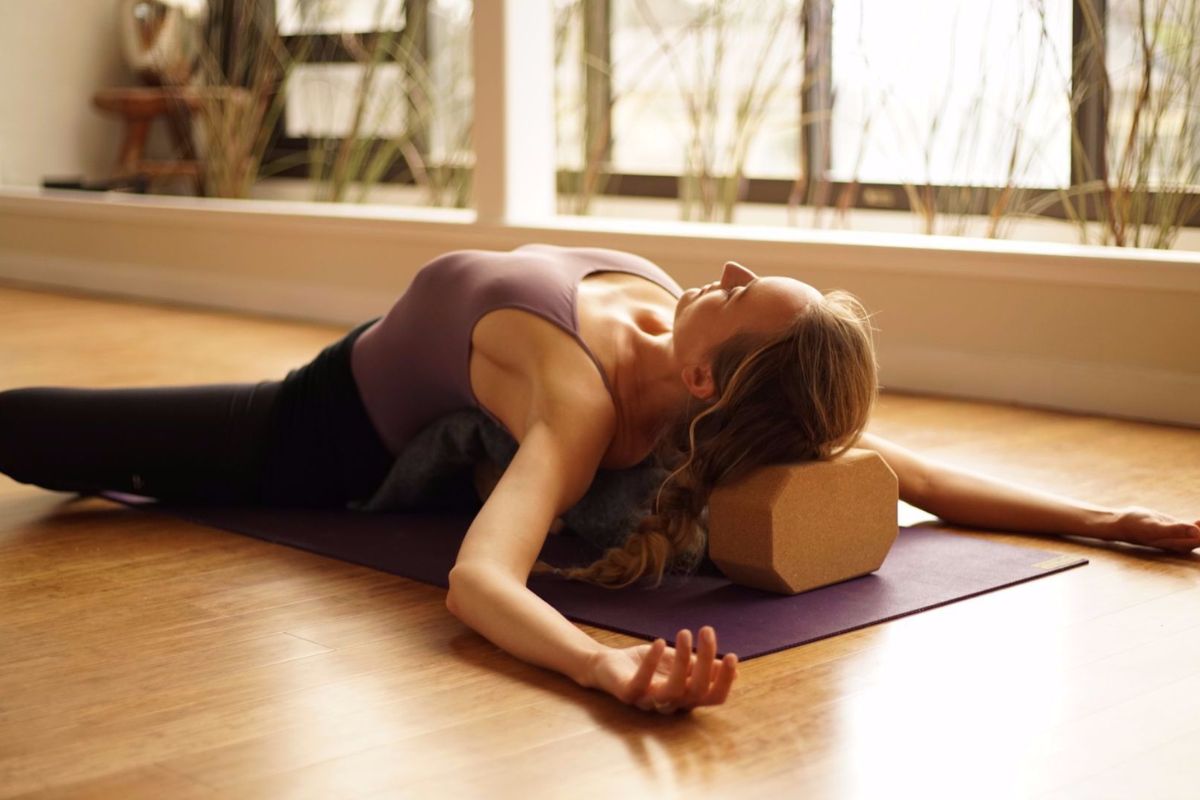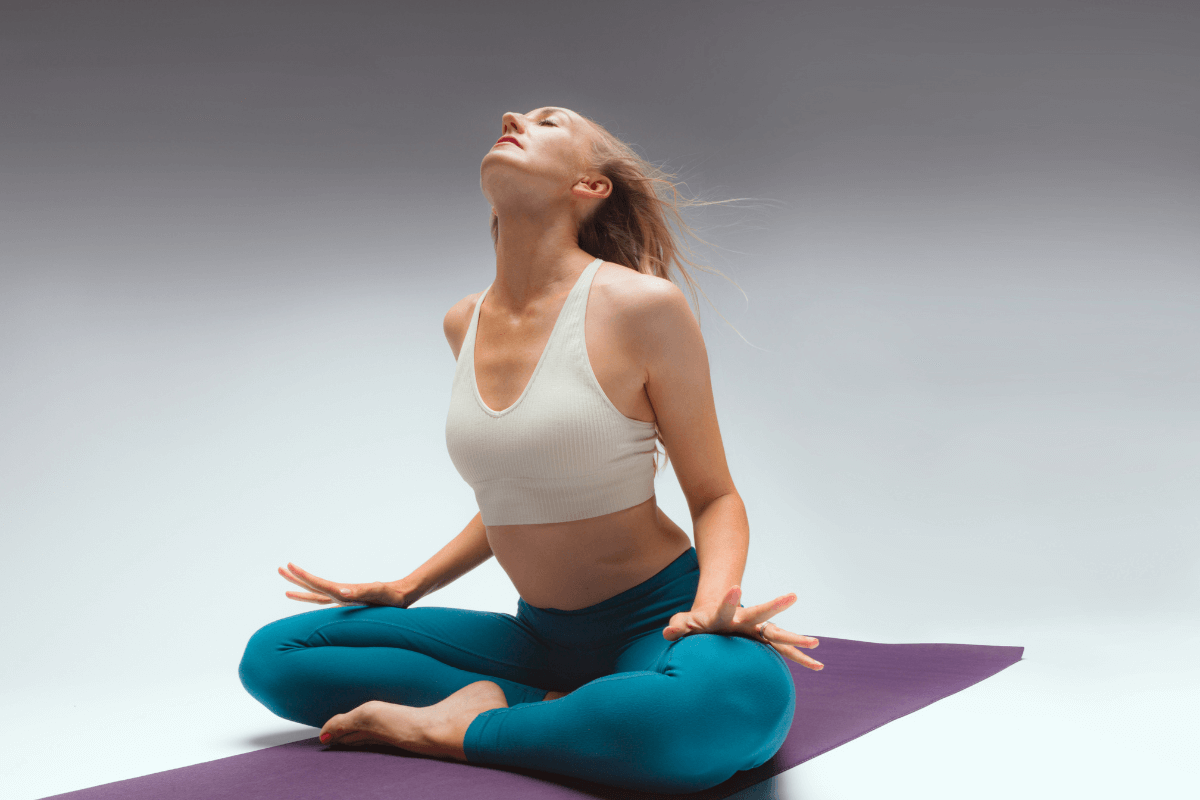You’ve heard of intuitive eating, maybe even have an intuition journal….but have you ever heard of intuitive exercise? Diet culture would have you believe that you exercise to lose weight. That you need to work with a registered dietitian and have a rigid structure of diet and exercise.
Sure, those things can be beneficial, but what if you just used your intuitive senses, your sixth sense, to gain more insight into your body and start radiating health? Paying attention to your own situation intently and using those inner eyes to find which exercises work for you. That is intuitive exercise my friend.
What Is Intuitive Exercise?
Intuitive exercise is a holistic approach to physical activity that prioritizes tuning into one’s body and responding to its unique cues and needs, similar to the practice of intuitive eating. Unlike the structured or regimented exercise routines you are probably used to, intuitive exercise encourages you to engage in activities that are pleasurable, nourishing, and aligned with your body’s current state of being.
Intuitive exercises emphasize mindfulness and self-awareness. They allow you to explore a variety of movements, from gentle stretching to more dynamic activities, based on your own internal guidance rather than external expectations. Intuitive movement empowers you to cultivate a deeper connection with your body, releasing stagnant energy, promoting overall well-being and fostering a positive and intuitive relationship with physical activity and your body.
Benefits Of Intuitive Movement
Intuitive movement offers a range of holistic health benefits. It regulates the nervous system and clears energetic blocks to get you back into your energetic frequency so that your body can heal. It also prioritizes a mindful and flexible approach to physical activity, and fosters a positive connection between the mind and body by helping you focus on YOUR individual needs. It’s like another form of self care.
Some common benefits of incorporating intuitive movement into your practice include:
Enhanced Mind-Body Connection
Intuitive movement promotes a deeper understanding of the body’s signals and needs. When you use your intuitive eye you have a greater awareness of your body’s wants/needs. You have a greater capacity for healing and reap the health benefits of living a healthy lifestyle.
Increased Pleasure in Exercise
By engaging in activities that feel pleasurable, you are more likely to sustain physical activity over the long term. Movement should not feel like a punishment, it should FEEL GOOD! Capture sensations that make the body feel amazing, improve your mood and therefore improve your capacity for healing.
Improved Mental Health
Intuitive movement can alter your brain chemistry. Moving the body in a new way can create new neural pathways(This is due to neuroplasticity). This then can lead to reduced stress, anxiety, and improved mood through these mindful movements.
Individualized Approach
Your body is unique to YOU. Tailoring movement to personal preferences and energy levels not only encourages a sustainable and adaptable fitness routine but also makes you the expert of your own body, learning to know and trust what exactly it is your body needs to come back to homeostasis.
Positive Body Image
Focusing on pleasurable and intuitive movements helps individuals develop a more positive and accepting relationship with their bodies. When you connect deeply with your body you realize just how magnificent and beautiful you truly are 💞.
Encourages Exploration/Playfulness
Individuals can explore various forms of movement, from gentle activities to more dynamic exercises, fostering versatility in physical activity. Intuitive movement allows the “thinking mind” to turn off, letting you explore yourself and your feelings without judgment. It connects you to those movements that make you feel good allowing your curiosity to take the reins for a bit to explore how you feel not only physically but mentally/emotionally.
Stress Reduction
Your body releases chemicals all day long so that you can function properly. Endorphins are one such chemical that gets released during pleasurable activities (yoga, dancing, eating, sex etc.). These endorphins naturally relieve pain, reduce stress and improve your overall sense of well-being. Mindful movement, or intuitive movement, is a pleasure practice. Therefore it contributes to a reduction in overall stress levels and promotes relaxation through the release of those amazing endorphins.
Improved Self-Regulation
Intuitive movement makes you more in tune with your body’s internal cues, allowing you to better respond to your physical cues. This will aid you in better self-regulation on and off the mat. Research shows that a chronically dysregulated system can lead to a host of emotional and physical problems, so the better you can regulate yourself the better you will feel both physically and emotionally.
Reconnecting Feminine Energy
The modern world has most of us disconnected from our feminine energy. When you make room for intuitive movement you can recalibrate those masculine(shiva) and feminine(shakti) energies. If you want to go further, there are more ways to tap into your feminine energy.
Emotional/Trauma Release
Tantra teaches that anything fully felt will be released. Intuitive movement creates safety in your physical body and soothes you so that you can fully feel your emotions. Feelings that have been stored or are stagnant may rise to the surface, and through intuitive movement you can feel them fully and allow them to fully move through you. Once these feelings have been discharged you’ll find space for new positive energy and experiences.
Who Intuitive Exercise Is For
The best teacher for you and your body is YOU! So, if you have a body then intuitive exercise will be good for you, especially if you like the idea of a personalized approach to your physical activity.
But if that doesn’t convince you then….If you’ve ever experienced any of the following thoughts or desires then you should give intuitive exercise a try!
- You Want Mindful Wellness – You want to prioritize the integration of mindfulness into your overall well-being because you understand the importance of the mind-body connection.
- You’re Unsure of Your Fitness Level – Maybe you feel you’re too out of shape, or worried it may not be physically challenging enough? Intuitive movement is inclusive and adaptable, making it suitable for individuals at various fitness levels, from beginners to experienced exercisers.
- You Want Sustainable Fitness – You are looking for a long-term, sustainable approach to physical activity that goes beyond conventional exercise routines.
- You Have a History of Disordered Eating or Negative Body Image – Intuitive movement can be empowering for those aiming to heal their relationship with exercise and cultivate a positive body image.
- You’re Too Busy To Go To a Fitness Class – Intuitive exercise is perfect if you appreciate the freedom to engage in movement based on your energy levels and schedules.
- You Want More Pleasure In Life – If you prioritize joy and enjoyment in your fitness routines, or just your life in general, and value activities that bring a sense of pleasure and fulfillment in life experience this is a great tool for you.
- You Feel Like You Have Energy Stuck In Your Body – You feel lethargic or stuck in certain areas of your body, or even your life, and you’re ready to move that energy through to become your most authentic self.
Take my chakra quiz to find your dominant chakra:
What Is An Example Of Intuitive Exercise?
You now know that Intuitive movement is the awareness where your body instinctively knows what kind of movements, sound or touch is needed in order to self-heal, come into homeostasis, and reclaim your authentic frequency. But exactly what does this look like?
It’s about taking in your own intuitive information. That could look something like this:
It’s a Friday night and you’ve had a long week. But you’ve got a spin class scheduled for 6pm. You’re feeling rundown and ragged and are dreading going, but feel like you shouldn’t stop exercising just because you’ve had a tough week. Then your conscious reasoning kicks in, you don’t have to stick to this rigid structure. A restorative yoga class actually sounds amazing. A choice arises and you decide to pay attention to that gut feeling, to your intuitive ear, you cancel the spin class and listen to what your intuition chose, showing up for the restorative yoga class instead. Now you feel amazing and like you don’t need the whole weekend to recover anymore!
This might also look like adding specific intuitive movements into your regular exercise routine, either before, after, or maybe even during. Get playful with it, let your inner dj out, turn on some good music and bust out some dance moves. It’s okay to pause and adjust to tailor your movements into what feels right for you in the present moment!
How To Practice Intuitive Exercise
It might be more freeing to practice intuitive movement in a group because you might start to feel more comfortable as you see others doing the movements. Or, on the flip side, moving intuitively in front of others might make you really uncomfortable. That’s okay! You can practice intuitive exercise at home with yourself at any time during your day!
It can be hard to jump right into self-guided intuitive body movement right away. Finding your intuition’s subtle messages isn’t always easy. It’s a good idea to follow along with a practice until you get greater access to your own intuitive information.
Here is a great practice to follow along with to give you your first few ideas on how to work those intuitive muscles:
Notice how your attention goes inward, that’s how you know you’re starting to move intuitively, your “thinking” brain turns off.
If you think you are ready to listen to your intuitive senses on your own, there are movements you can do while you sit comfortably, or during your home yoga practice.
Movements like rocking, emoting, spiraling, and touching are all forms of intuitive movement or intuitive exercise.
That could look like:
- Rocking: cat/cow, spinal flex, happy baby while rocking
- Emoting: growling, punching, shaking, bouncing
- Spiraling: hip, wrist, or neck rolls, sufi grind
- Touching: massage your limbs(hands, feet, arms, legs), trace your face/neck, lightly scratching
Use your direct intuitive experience and incorporate these moves into your day and feel the invisible waves of joy and pleasure wash over you 😊.
Closing Thoughts
Intuitive exercise and intuitive movement is a great way to lead your body to healing and can be complementary to somatic healing as well. This kind of exercise isn’t about trying to lose weight or burning calories. Nor is it about finding a meaningful answer to all your problems(although let’s not rule out the possibility 😉). It’s about finding that inner stillness, developing intuition to guide your personal evolution. Movement should be fun, so pay attention to what movement feels good for you and do it!
Next Steps
- If you’re interested in practical kriya yoga as a way to improve your daily life and relationships, check out my Yoga for Self Mastery course.
- Order my Yoga Life book for a practical guide to creating balance in your life through yoga.
- Check out my YouTube channel and find some yoga classes that you can try out for yourself!
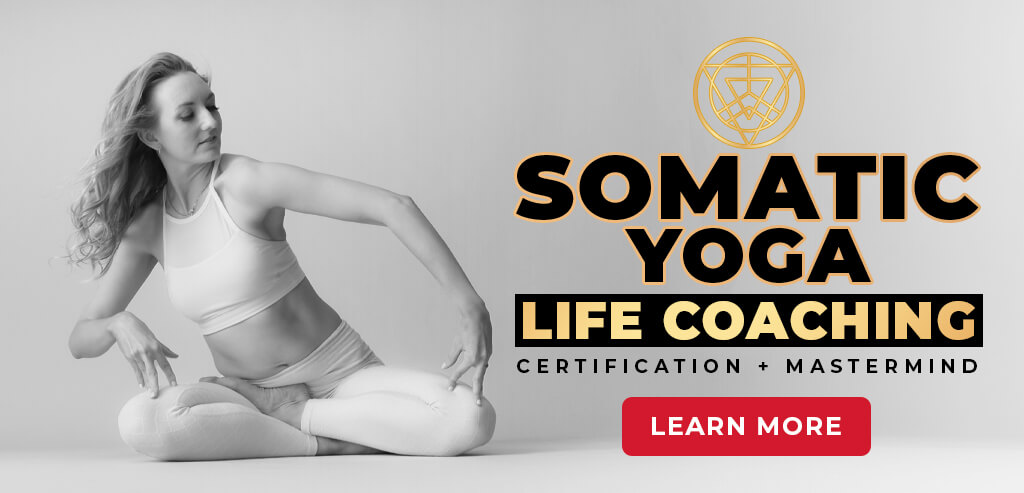
FREE Embodied Yoga Workshop (usually $67) Somatic Techniques & Cord Cutting Ritual
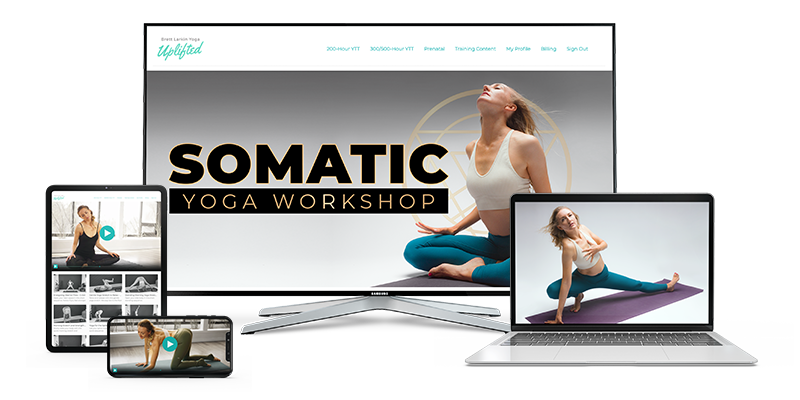
YOU MIGHT ALSO LIKE
- The Perfect Yoga Practice For Your Menstrual Cycle Energy Levels
- Wise Woman Archetype: Characteristics & Challenges
- The Enchantress Archetype: Characteristics & Challenges
- Leaning Into Soft Feminine Energy: Finding Balance in a Busy World
- How To Fall In Love With Yourself: 7 Daily Practices
- How To Increase Feminine Energy And Reclaim Your Power
- Dark Feminine Energy: Unleashing Your Intuitive and Creative Power
- 11 Feminine Energy Books That Will Change Your Life
- 21 Powerful Daily Affirmations For Healing
- 35 Daily Affirmations For Women That Will Empower You
- Can We Do Yoga During Periods? Here’s The Yoga Philosophy
- Affirmations And Yoga Poses For Gratitude
- Yoga For Piriformis Syndrome: 8 Poses To Relieve Pain
- Yoga For Self Love: A Practice for Healing, Growth, and Transformation
- Yoga For PCOS: Yoga Practice To Manage Symptoms
- How Yoga For Trauma Release Works (Uplifted Perspective)
- Yoga For Third Trimester: My Favorite Poses
- 10 Yoga Poses That Will Strengthen The Pelvic Floor
- Yoga For Nausea: 7 Yoga Poses For A Sore Stomach
- Yoga for Thyroid: 10 Poses For Relief
- Yoga For Endometriosis: 7 Poses for Pain Management
- 9 Yoga Poses For PMS For A Smoother Cycle
- Yoga For Emotional Release: 8 Postures For Peace
- Yoga For Fertility: 10 Yoga Poses For Fertility Support
- Yoga for Bloating: 9 Yoga Poses for Relief
- Yoga For Depression: 10 Poses For Emotional Relief
- 10 Yoga Poses For Period Cramps That Will Ease The Pain
- Yoga For Women: 10 Yoga Poses For Every Stage Of Life
Learn how to do 11 of the most popular yoga poses correctly. Free video + PDF download.


